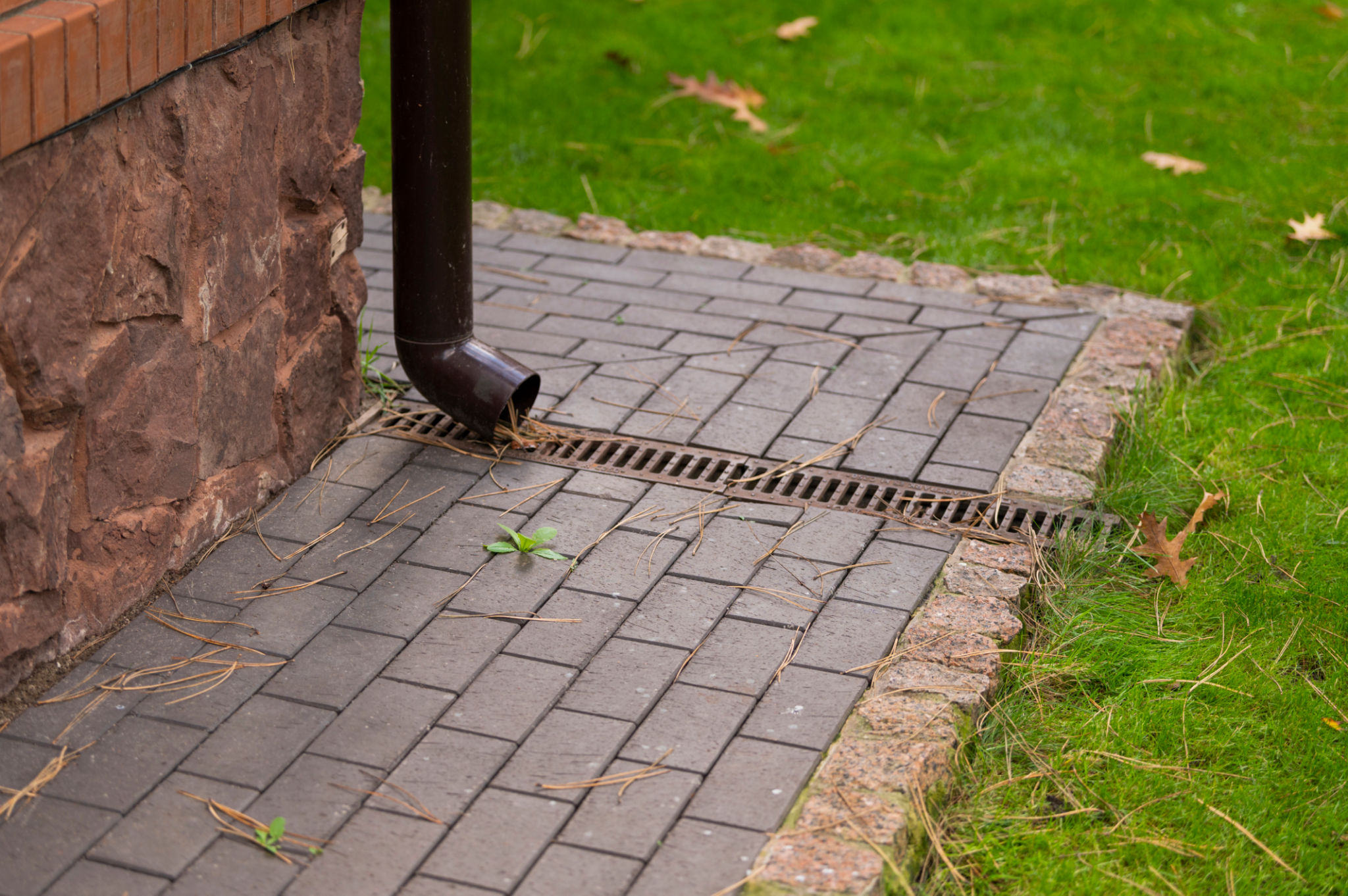DIY Tips to Improve Your Home's Drainage System
Understanding the Importance of Proper Drainage
Having an efficient drainage system is crucial for maintaining the structural integrity of your home and ensuring that your property remains free from water damage. Poor drainage can lead to a host of issues, including basement flooding, foundation erosion, and even mold growth. By improving your home's drainage system, you can protect your investment and enhance the overall value of your property.

Assess Your Current Drainage System
Before you can make improvements, it's essential to assess the current state of your home's drainage system. Start by walking around your property after a rainstorm and taking note of any areas where water pools or drains poorly. Check downspouts, gutters, and the slope of your yard to identify potential problem areas. This initial assessment will help you determine which DIY solutions are most necessary.
Enhance Gutter and Downspout Efficiency
One of the simplest ways to improve your home's drainage is by maintaining and upgrading your gutters and downspouts. Ensure that gutters are free of debris and properly sloped to direct water away from your home. Consider installing gutter guards to minimize future clogs. Additionally, extend downspouts at least six feet away from your foundation to prevent water from pooling near your home.

Create a Rain Garden
A rain garden is an environmentally friendly way to manage rainwater runoff while adding beauty to your landscape. Choose a low-lying area in your yard where water naturally collects and plant native, water-tolerant plants. These plants will help absorb excess water, reducing runoff and preventing erosion. Not only does a rain garden improve drainage, but it also supports local ecosystems by providing a habitat for pollinators.
Install a French Drain
For areas with persistent drainage issues, installing a French drain may be the solution you need. A French drain consists of a trench filled with gravel or rock that redirects water away from problem areas. To install one, dig a trench that slopes away from your home, line it with landscaping fabric, and fill it with gravel. Finally, cover the top with soil or grass for a seamless appearance.

Regrade Your Yard
If your yard's slope is contributing to drainage issues, regrading might be necessary. The goal is to create a gentle slope away from your home's foundation, allowing water to naturally flow towards a designated drainage area. This task may require some effort but can be highly effective in preventing water from seeping into your basement or crawl space.
Maintain Regular Drainage System Checks
Once you've made these improvements, it's important to maintain regular checks on your drainage system. Inspect gutters and downspouts seasonally, clear debris as needed, and ensure that all drainage components are functioning properly. Regular maintenance will help you catch potential issues early and prolong the effectiveness of your drainage solutions.
By taking these DIY steps, you can significantly improve your home's drainage system. Not only will these changes protect your property and enhance its value, but they will also contribute to the overall health and safety of your living environment.